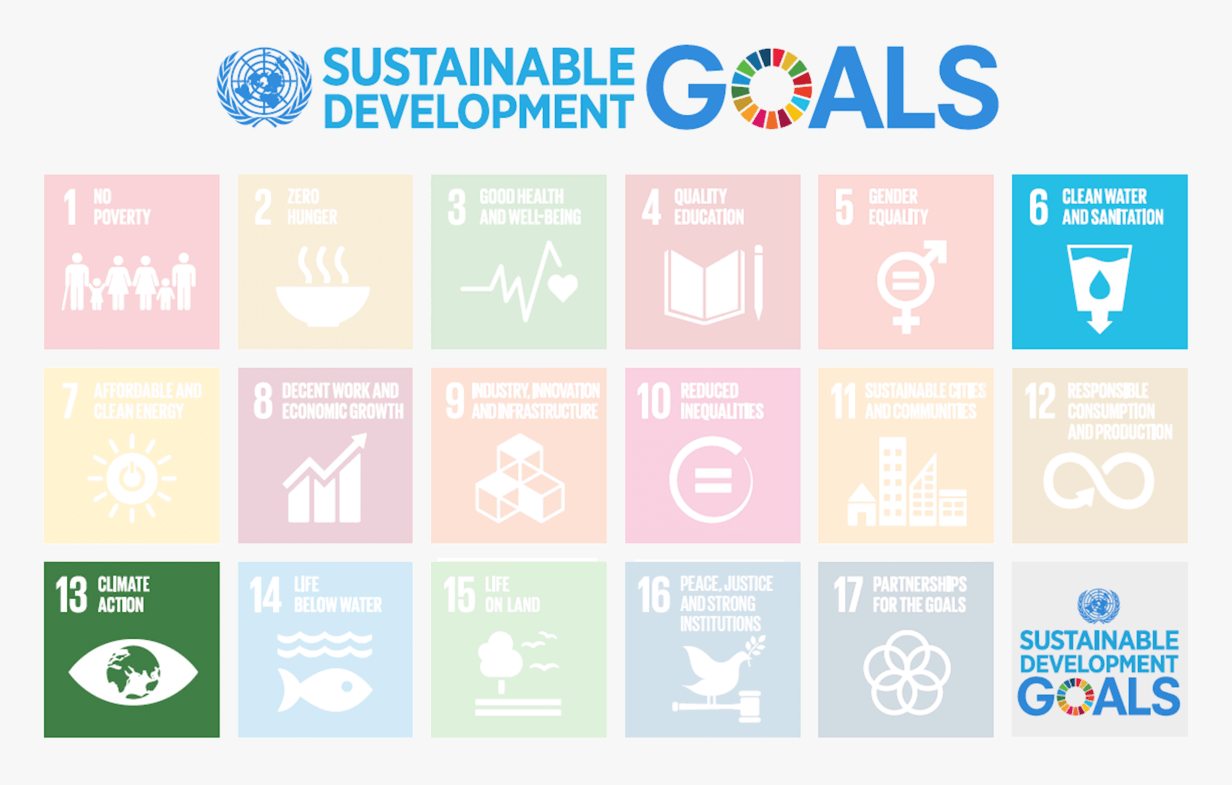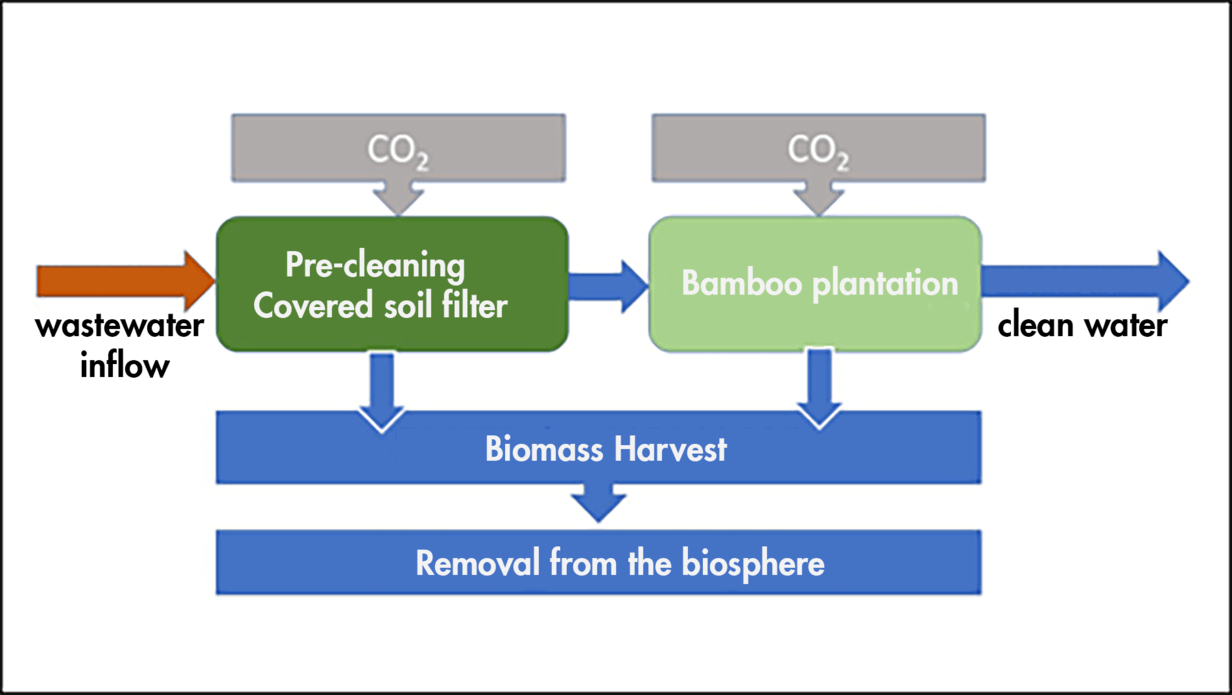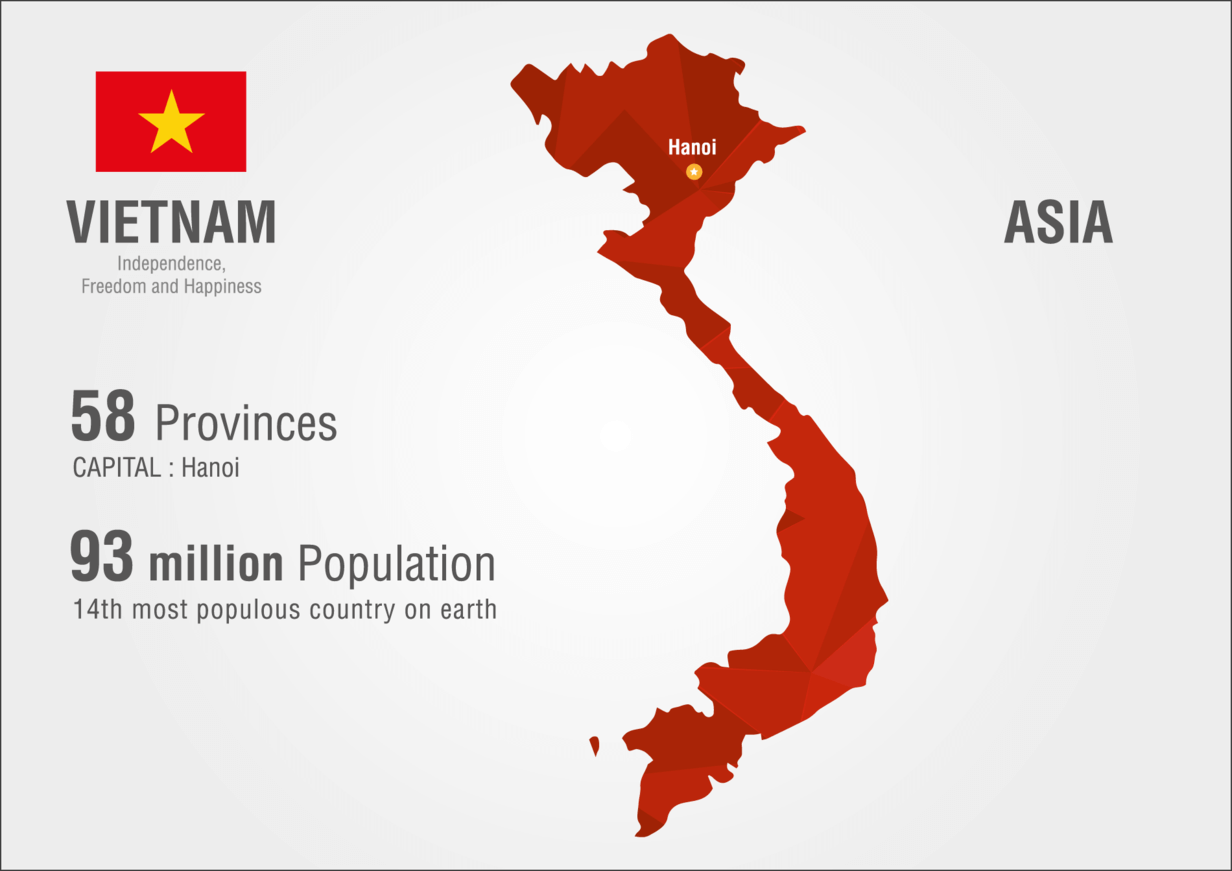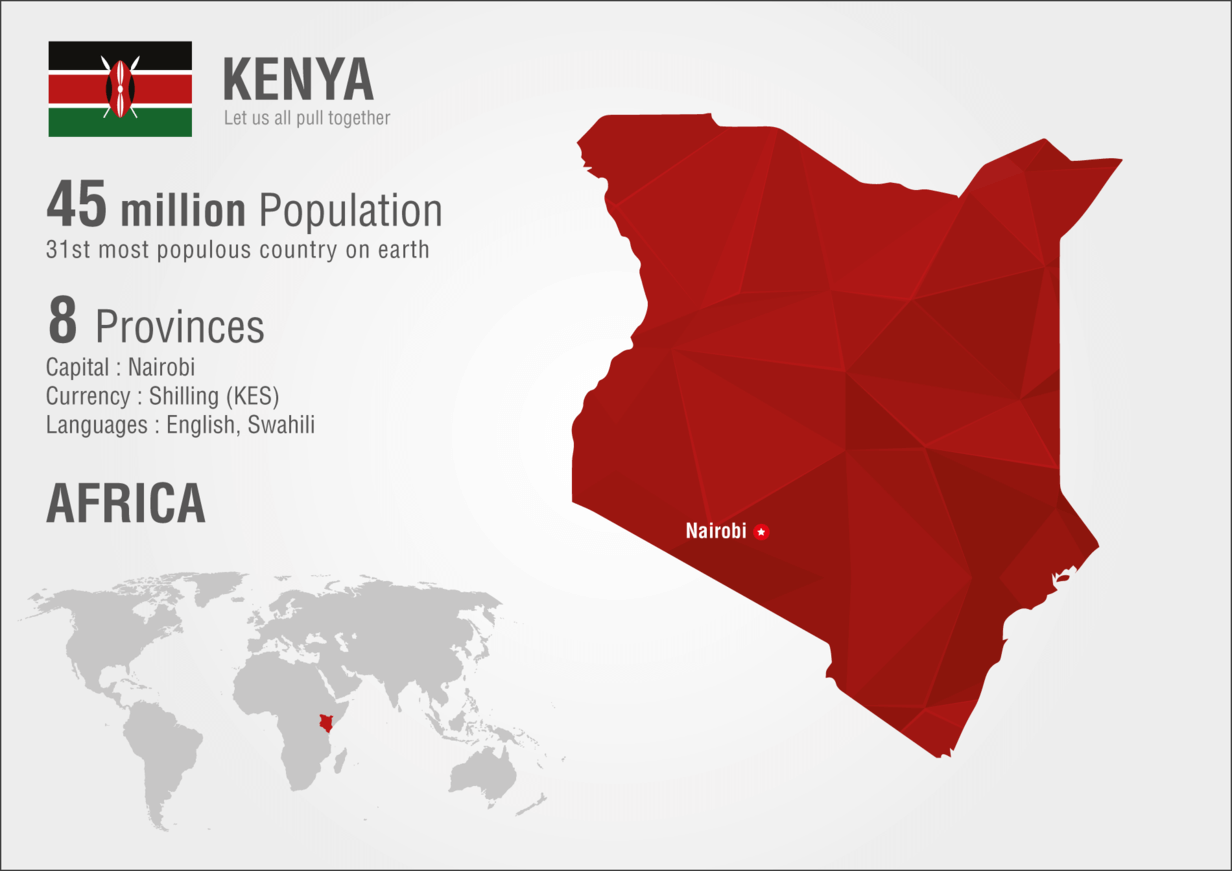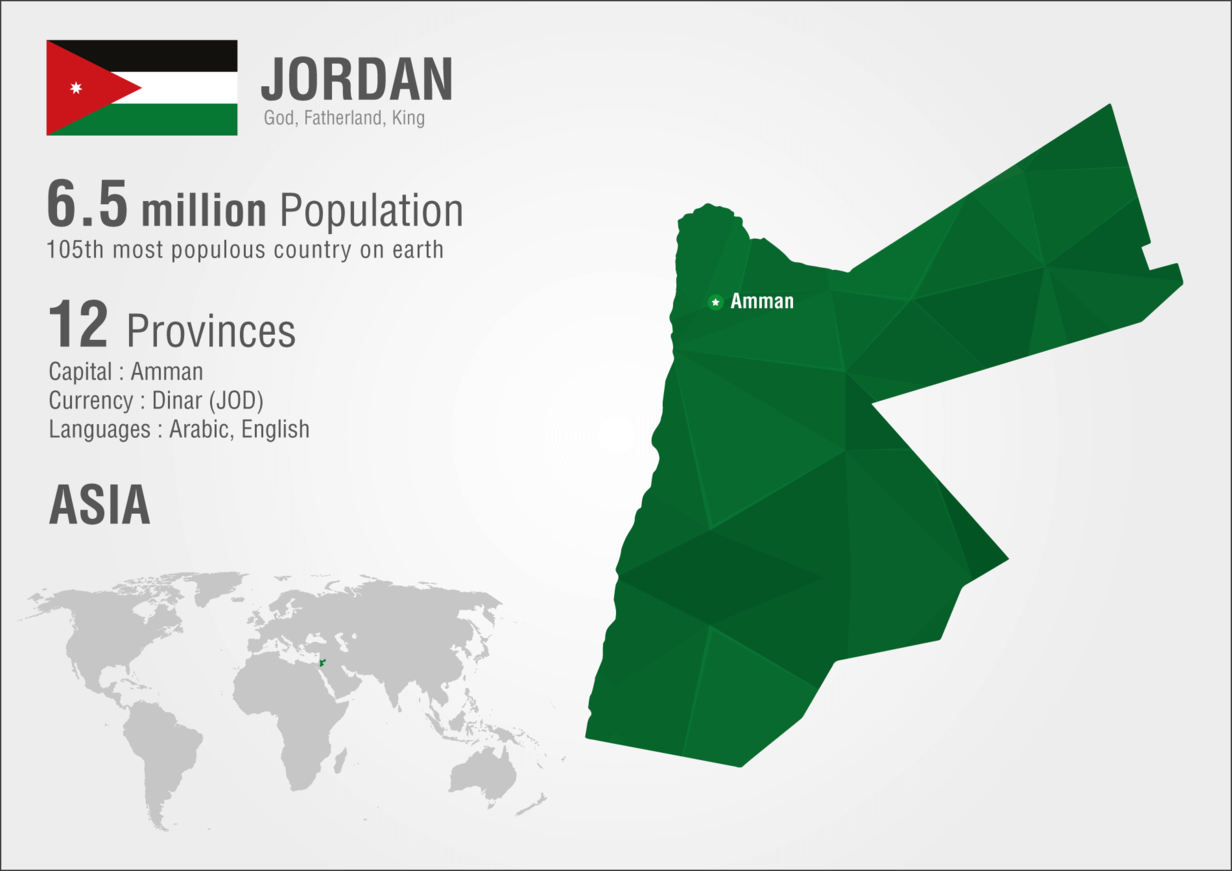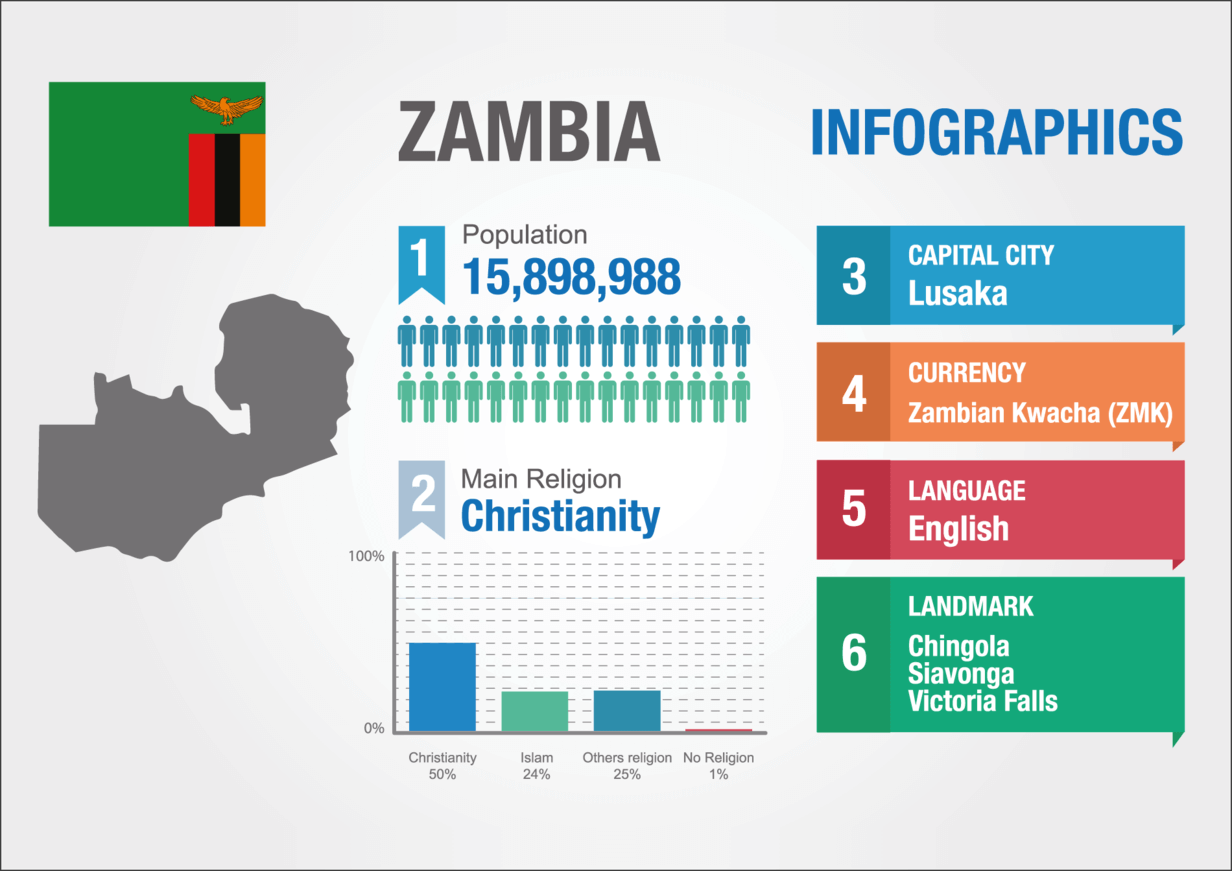CO2-compensation through the construction of constructed wetlands with biomass production
The global threat is serious, it's time to act!
The only way to stop climate change is to reduce CO2 emissions. It will not be possible to remain below the global warming limit of 1.5 degrees Celsius with preventive measures alone. Rather, it is now a question of actively removing CO2 from the atmosphere, in combination with other sensible steps.
We invest in projects to offset your CO2 emissions and actively remove CO2 from the atmosphere. At same time you invest in wastewater treatment in developing countries!
Our Multilevel Approach
- Compensates commercial and private CO2 emissions through measures with high direct impact
- At the same time, it treats the wastewater of previously unsupplied communities in developing countries, thus achieving a significant impact in achieving the Sustainable Development Goals, in particular Goals 6 and 13.
- Avoids CO2 emissions through near-natural, power-free wastewater treatment where it is most needed
The Concept

We offer a CO2 compensation program that is unique: It invests worldwide in wastewater treatment plants with biomass production to remove CO2 from the atmosphere!
Two approaches are intertwined in this concept: mitigation (i.e. measures that lead to a reduction in greenhouse gas emissions) and CO2removal from the biosphere. At the same time, this approach results in ecological added value for developing countries: Municipal wastewater in rural areas is treated free of charge for the connected communities. This makes a significant contribution to the SDG and represents an important side effect of CO2 compensation. Wastewater treatment in developing countries will experience a considerable upswing as a result of this approach.
Plant purification plants with connected biomass production are characterized by positive CO2-effects on many levels:
- The plants absorb CO2 from the air, especially if the plant is coupled with the production of renewable raw materials. The wastewater treatment plant thus acts as a carbon sink. This mechanism is designed in such a way that it can also be calculated and certified using a CDM method.
- In comparison with other approaches, this technology generally does not consume any energy => no CO2 production! If, in exceptional cases, there is a low electricity requirement, this can be covered CO2 -neutrally by a photovoltaic system with a simple electricity storage tank.
- Plant-based purification systems decompose aerobically, not anaerobically, which largely avoids the formation of methane.
- The harvested biomass (e.g. bamboo) is deposited in landfills (open pit mines, etc.) or alternatively used as building material, thus removing it from the carbon cycle and serving as a carbon sink in the long term.
- This approach is also an emission avoidance strategy, as CO2-emitting processes (= conventional sewage treatment plant) are replaced by CO2-absorbing processes.
The approach will increase the total amount of avoidable greenhouse gases compared to conventional wastewater treatment.
Project locations
The investments are made in developing countries where the positive effects are particularly large. We currently we have corresponding contacts in Vietnam, Kenya, Jordan and Zambia. The first project locations in these countries have already been identified and the first plants are already under construction.
Project start is the first of September 2019.
CO2removal from the atmosphere by biomass production

The production of one ton of bamboo biomass removes about 1.8 tons of CO2 from the atmosphere.
This requires about 1 m³ of purified wastewater (water is not the limiting factor for biomass production, the excess purified water is discharged). The decisive factor is the available area. The average growth time of a single bamboo trunk until harvest maturity is 6 months, depending on the location. The yield is to be calculated with 21.6 tons dry matter or 10.8 tons carbon per year and hectare, corresponding to about 3.6 kilograms carbon dioxide / square meter from the atmosphere per year.
A bamboo plantation with an area of one hectare would thus remove about 36 tons of CO2 per year.
CO2-Elimination through near-natural wastewater treatment
Ideally, the wastewater treatment technology envisaged in the C3 project does not require any energy. On the other hand, for conventional treatment (e.g. activated sludge process) with an annual specific energy requirement of approx. 750 kWh/m³ wastewater treatment capacity must be assumed.
With a plant size of 100 m³/day, this results in a (theoretical) energy saving of 75,000 kWh per year, corresponding to approx. 40 tons of CO2.
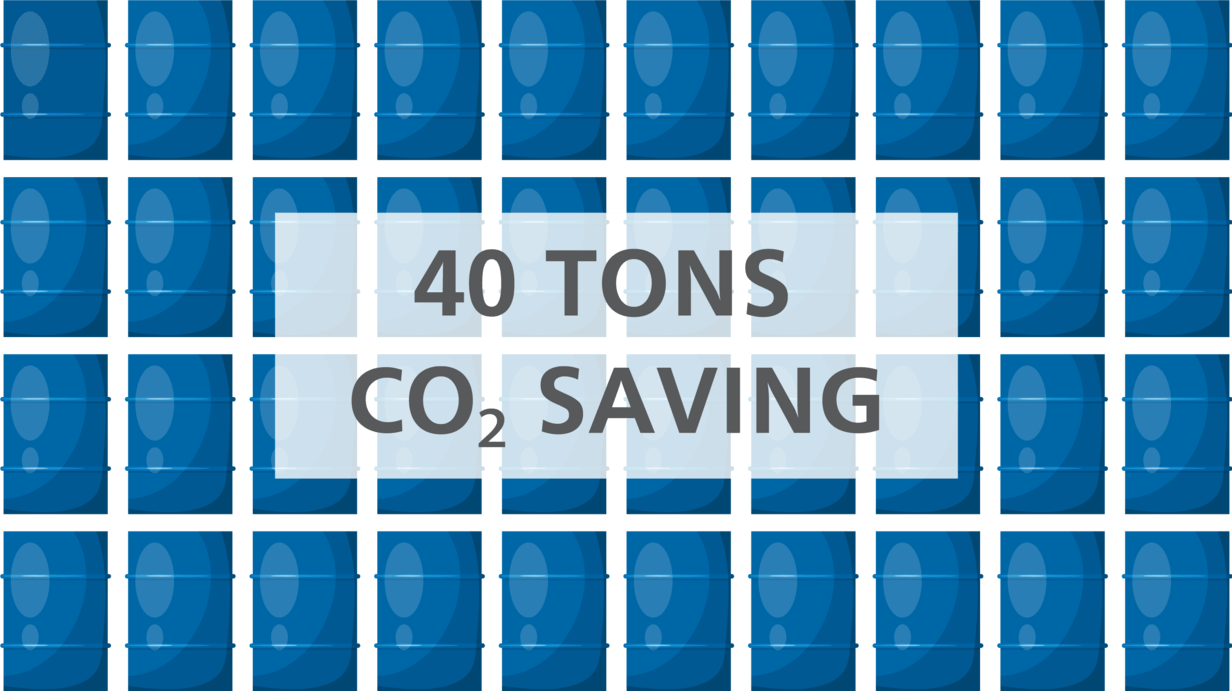
Please support the project "C to the Power of 3" with a donation to:

Water Solutions International e.V.
Köpenicker Straße 325, Haus 201, 12555 Berlin
Phone 0049 157 597 21 052
info
watersolutions-int
org
www.watersolutions-int.org
Bank account:
Bank: Berliner Sparkasse
IBAN: DE71 1005 0000 0190 3259 68
BIC: BELADEBEXXX
Cue: C3
Water Solutions International e.V. can issue a tax-deductible donation receipt.

